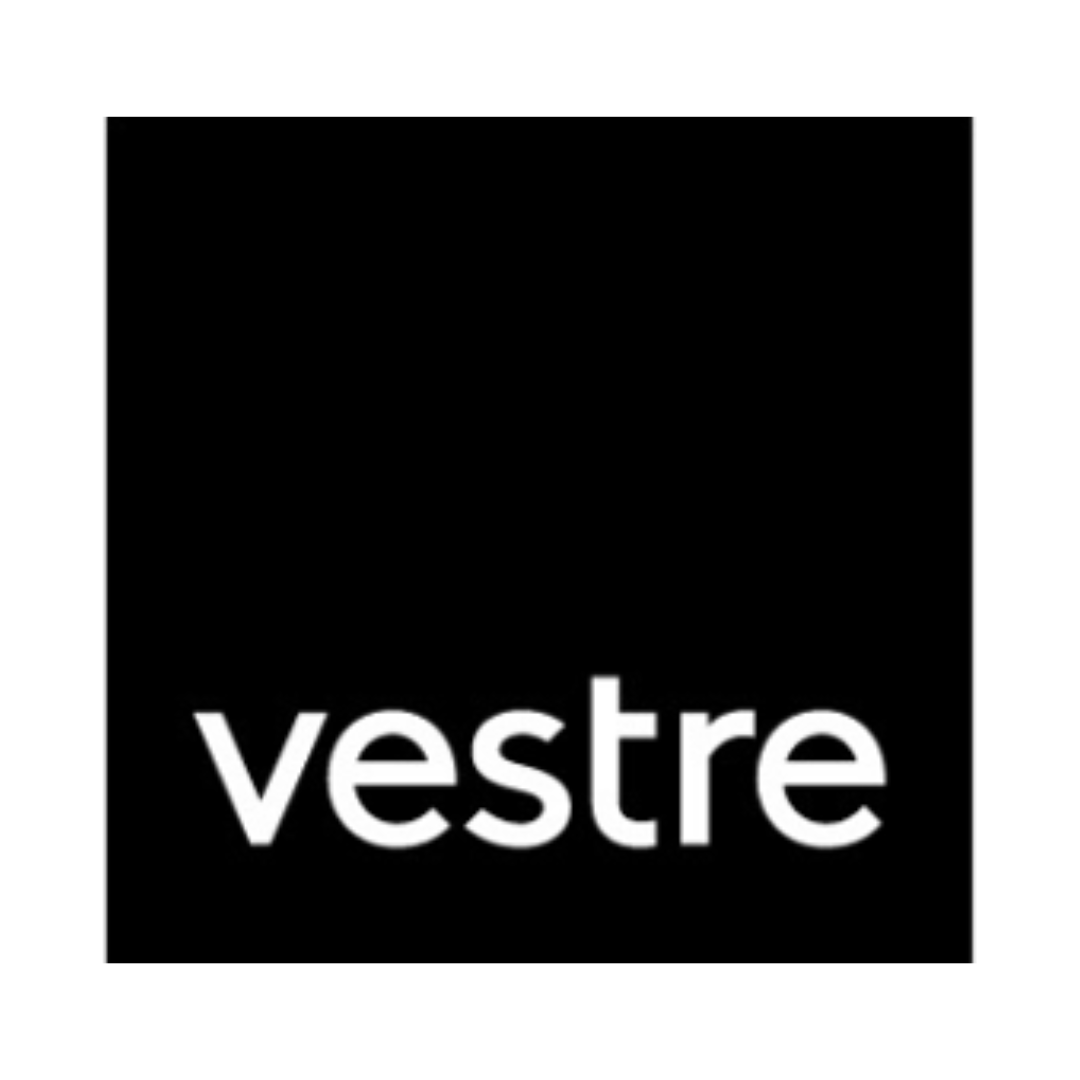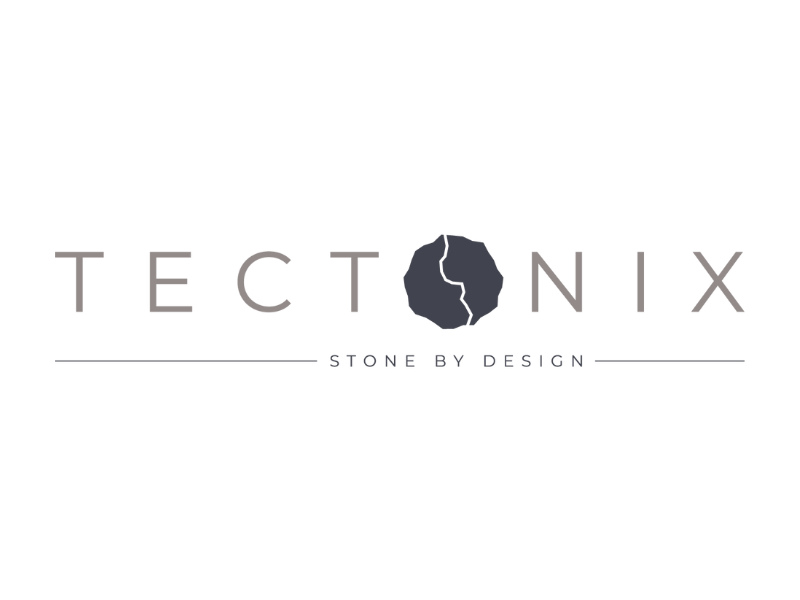Project showcase
Tower Court, London Borough of Hackney for Hackney Council with Adam Khan Architects, muf architecture/art and Daisy Froud

Tower Court, located in a multicultural neighbourhood that is home to Europe’s largest Haredi community, is part of a redevelopment across 18 Hackney estates. The project includes 132 homes: 27 per cent social rent, 12 per cent shared ownership, and 61 per cent private. Repeated, tailored engagement allowed key stakeholders to shape the design, including former residents exercising their right to return, local Haredi community members and the wider public interested in the area’s character, architecture and housing opportunities.
Who is on the project?
Collaborating Architects - Tom Stebbing, Bernd Schmutz and Cathy Hawley
Landscape Architecture - muf architecture/art, J&L Gibbons
Engagement Consultant - Daisy Froud
Planning & - Heritage Consultant: Tibbalds
Structural Engineer - Ellis + Moore
Services & Sustainability Engineer - MLM
Fire Engineer - Exova
Transport Consultant - Project Centre
Access Consultant - Withernay Projects
Arboricultural Consultant - Crown Consultants
Ecology Consultant - Greengage
Employer’s Agent & Cost Consultant - Potter Raper Partnership
Contractor - Countryside Properties
Executive Architect - Child Graddon Lewis
Describe the context of the community engagement. Why did the engagement take place?
Tower Court sits amongst a multicultural residential neighbourhood, that is home to Europe’s largest Haredi community. An active process of engagement gathered vital intelligence from the start, allowing a sustained set of conversations between and amongst the local communities, and which was continued throughout the design process. Continual dialogue and an iterative design process reconciled community tension, bringing together local communities who have been quite isolated from each other, and refining the design in innovative ways. Timed and structured early, and at each stage, community engagement ensured that what we learnt could have the maximum meaningful influence. It informed design decision making and ensured that we have not created generic housing but, in contrast, designed a set of buildings and public realm that is specific to both the site and the communities who will occupy the properties. With each of the three courtyard a healthy mix of tenure type and unit size, to create a socially balanced community. The intensive consultation and design process, with members of all local communities, formed a common ground and translated into a set of principles for designing generous and flexible family living. It ensured that the needs of the Haredi community – buildings with religious sensitivities, homes for larger families and that allowed for prayer, learning and feasting – were threaded through the design from strategy to detail. The resulting highly particular homes are spatially generous and applicable to shared life more widely, for house sharers and families to make their own.
Who did you engage with and how?
We provided repeated and tailored opportunities for three key stakeholder groups to participate in the design process; at times, and in places, that worked for them. Former residents of Tower Court, exercising their Right to Return. Members of the local Haredi community who were likely to occupy many of the homes. Wider public, who were in interested in renting or purchasing properties, and who cared strongly about the character and architecture of the local area. Reaching Out, Building Trust: The design team implemented an extensive process of meaningful and carefully programmed engagement. Before embarking on serious design work we carried out an intensive community mapping and outreach activity, to ensure that all groups in the local community, alongside former residents, could feed into the detailed project brief, and help set the design vision for the site. Consultation events were widely advertised and included working with a collaborating architect, as an interlocutor, who introduced us to community Haredi leaders and who organised visits to local families. Learning From, Designing With: ‘Learning From’ was at the heart of our initial design process, in order to build robust community-owned briefs. This then transitioned to ‘Designing With’ as we tested the concepts and strategies at a variety of scales. Deliberatively exploratory workshop activities, alongside more traditional engagement, included 1:1 embodied work on site and playing with large scale working models. Allowing non-professionals to help us think through the implications of design proposals ‘live’ and modify them as necessary.
How did the project and the community benefit from engagement?
Through the design process, a number of challenges arose, as differences of opinion between community groups came to the fore: about what should be included on the site, who the homes should be designed for and about the character of local architecture. We responded by working very strategically in the way we delivered engagement, from choice of venue to the types of events held, with some for specific audiences, some working to bring people together. As a result, housing design standards were ‘cracked open’, with conventional plans tested and adapted to create more flexible homes, to meet the specific needs of the Haredi community and to shared life more widely. Though perhaps most importantly, we made decision-making as transparent as possible, allowing residents and communities to see the working of the design process and devoting proper time and resource to feeding back, including a full newsletter showing how the final design had been arrived at and how different interests had been balanced, both in the process and in the form of the architecture.
Gallery



Festival of Pineapples
24-26 February 2026
Pineapples prize giving night
April
Pineapples at Festival of Place
10 June 2026
© The Pineapples - Tweak Ltd. 124 City Road, London, EC1V 2NX. Tel: 020 3326 7238







